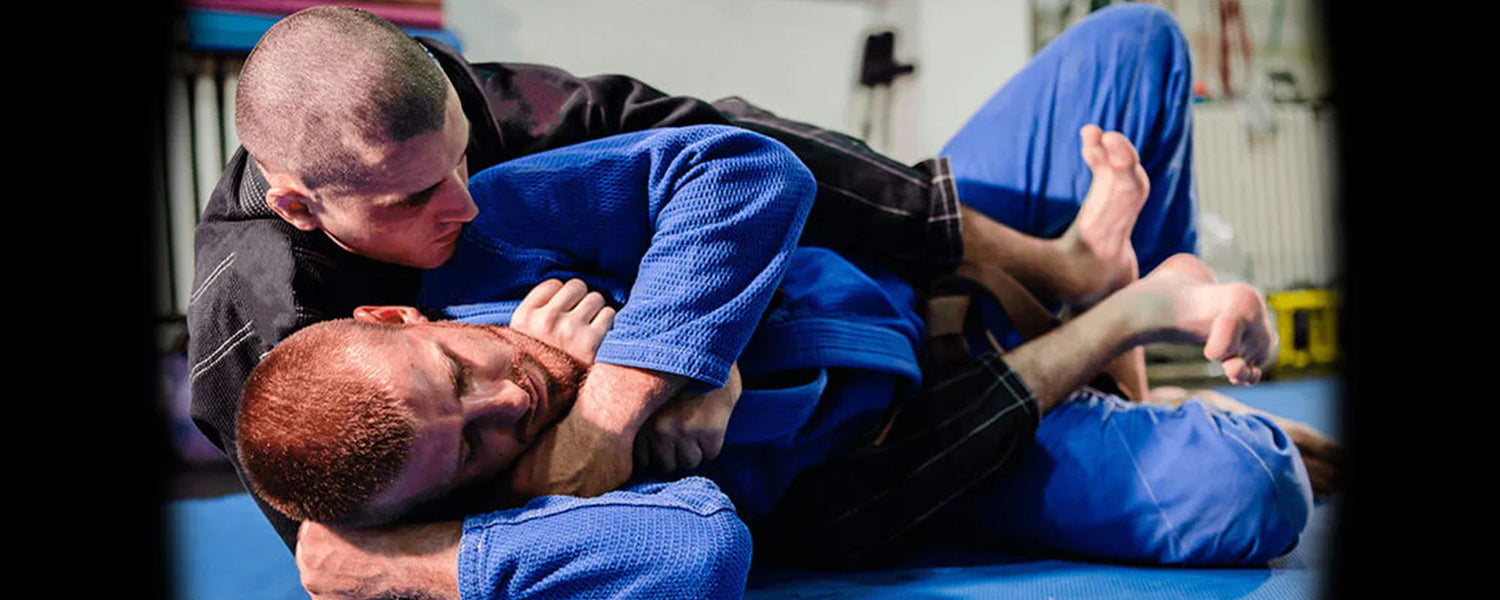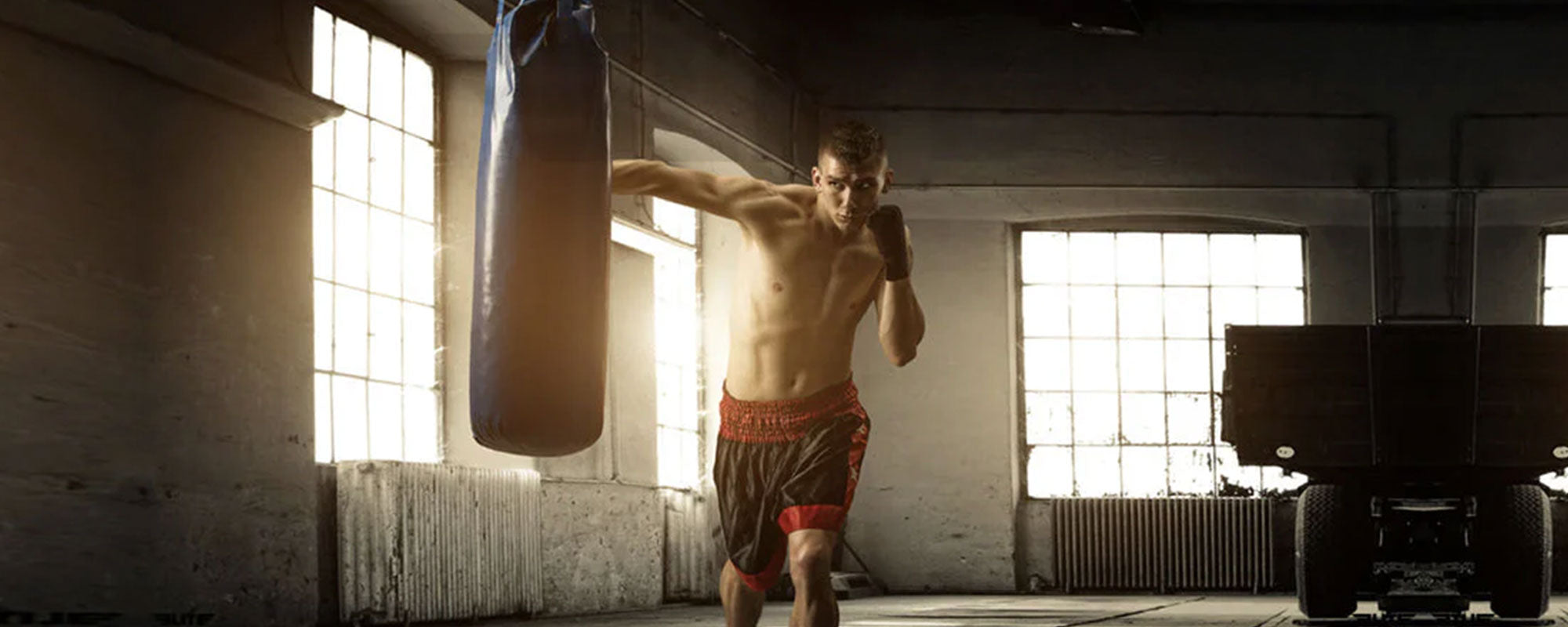Table of content
In BJJ, Mount is one of the fundamental positions for getting dominance over your competitor. It is one of the basic lessons thought to every jiu-jitsu beginner.
There is a wide range of mounts in jiu-jitsu. However, the rear mount can be considered as the top of the line in this hierarchy.
When you have established control of your opponent’s back, you can transfer to other positions and throw submissions with minimum effort.
The rear mount is the favorite position of most professional grapplers. Because it’s easy to recognize that the opponent is trying to escape so that you can change your position immediately.
1. Rear Mount: BJJ Position
The rear mount can be your best move to submit your opponent if executed properly and combined with a submission move.
It is the most secure position in BJJ till now. To escape a rear mount a lot of effort and expert skills will be required.
Once you have got control of your opponent’s back, their upper body muscles are immobilized.
As the attacker can change his position at any time in a rear mount, it allows surprising the opponent with any new attack.
It’s obvious that during a rear mount your opponent can’t see what you are doing. This gives you the advantage of introducing submission at any time.
1.1. Retention a Knee Mount
Once you get your opponent in the rear mount, the next thing is to retain this position. If the opponent is more powerful than you, it won’t be a problem for him to get out of this position.
Chest-To-Back Connection
A lot of people don’t maintain a strong chest-to-back connection in the rear mount. They try to hold the opponent by crossing their legs.
If you hold the chest of your opponent firmly and they try to move, you can eventually regain back control.
You have to control the hips of your opponent, force your weight down against the opponent’s hips so you can prevent them from changing positions.
Hooks while turning
A lot of the jiu-jitsu practitioners out their practice hooks using their feet when in a rear mount position.
In the video below you can see how to retain your rear mount using 2 hooks while turning.
Crossface Hook
You can also add the Crossface technique when securing your back control. Here is a video for better demonstration
Seatbelt Position
Another effective variation for this is using the seatbelt move. The seatbelt position is almost impossible to pass if your opponent is not a veteran of jujitsu.
When in a seatbelt position, your partner is more likely to drop his body on the left side (their shoulder is open). In this case, you can release your left foot and use it to push and shift your hips back under the opponent’s body.
Even if they try to escape from the opposite side, you can do the same technique to shift your hips back.
Don’t make your body stiff in a rear mount. Doing this will allow your opponent to create space inch by inch and eventually escape from your mount.
1.2. Escaping the Rear Mount
Just like all the escape techniques, mount escapes are also innovated when your opponent has trapped you in the rear mount according to the situation.
You should know what is your strong side and the opponent’s weak side. The side where your shoulder is trapped by the arm of the opponent is your weak side.
The opposite side where your shoulder is open, and the opponent has grabbed you from an under grip is your strong side.
It’s important to know that because you will always want to shift towards the opponent’s weak side.
Let’s move on to some of the effective ways to escape a rear mount.
Early Scramble Escapes
The first rear mount escape on our list requires you to take action just within a few seconds of being trapped in a rear mount.
This can be used if your opponent has not grabbed by using their arms and has only applied hooks by the time.
You can bend forward and grab the feet of the opponent; it will restrict them to lock your upper body.
Now, you can lift the feet of your opponent using your hands and slide forward to get out of the mount.
Another early escape you can do is crossing your arms when you are about to be caught in a rear mount.
This will prevent your opponent from establishing control over your upper body. You can escape the hooks by using your heels and sliding forward.
Underhook Side Escape
Let’s consider what is more likely to happen after your opponent gets you in a rear mount, they will throw in the seatbelt position and lock your upper body.
To escape this first you need to change your position towards your strong side. Otherwise, he will switch towards his strong side and choke you.
Now, pull your bottom leg back and diminish the hook by getting it at the backside of your opponent’s calves.
Now fix your leg between the legs of your opponent, using force from your bottom leg to straighten your hips.
Now you have to pull the hands of your opponent away from your neck. It’s not the easiest thing in the world but, you have an advantage because they can’t choke you effectively from their weak side.
Put your hand inside
Release yourself
Escaping from Opponent’s Strong Side
Your opponent will always try to roll you over towards his strong side after a rear mount. If you delay your escape, he is more likely to choke and make you submit.
To escape from the strong side of your opponent or the overlook side you need to follow these steps.
Fall on the arm of your opponent and put pressure on it using your left arm so that they have no strength to choke you.
Using the other hand, pull out the opponent’s arm to open his grip.
Grab the wrist of your opponent using both hands.
Now, pull their hand behind your head and shift their arm to the other side of your neck.
If the opponent is strong enough and you can’t get their arm behind your neck then you can force their elbow towards the floor and lock it.
Hook the leg of your opponent and pull yourself out of the mount.
Escape from Weak Side
If you are lucky enough to land your opponent on the open side, which is your strong side then you can escape much easier.
To escape from the weak side, follow these steps.
Using your left hand, grab the bottom arm of your opponent and pull it towards the mat to create space. Even a little space can do the work.
Now slip your right arm and push your opponent’s bottom arm downwards by putting pressure on the elbow joint.
Also, push the wrist of the opponent downwards using your other hand.
Switch your hips and get up pushing his arm towards the floor, he won’t be having enough force to stop you from getting up.
Escape the mount.
2. Possible Submissions from Rear Mount
After getting your opponent in the rear mount position, the next move is to make them submit. It’s very easy to apply a submission from the rear mount if you have retained it effectively.
Attacking the opponent when you have full control over their body seems like a dream for every jiu-jitsu athlete.
There are plenty of submission options available to you from the rear mount. We will be discussing the best ones here.
- Attack-Armbar Submission
- Rear Mount-Collar Choke
- Rear Mount-Single Wing Choke
- Back Mount Triangle
The back mount triangle choke is a very strong submission and your opponent will tap out in just a few seconds.
Once you are in the rear mount, grab your opponent with a hook. And, drop your body along with the opponent.
Cross your upper leg from the left shoulder of your opponent and maintain the hook. This is also known as the triangle territory.
Shift your body to the other side using force from your heels.
Pull your bottom leg using your opposite hand towards the neck of your opponent. Choke them by putting pressure on the neck using your calf.
Don’t leave your other foot dangling as the opponent can grab it between his legs.
Lock it from the knee joint and tuck your feet behind the back of your opponent.












Leave a comment
This site is protected by hCaptcha and the hCaptcha Privacy Policy and Terms of Service apply.